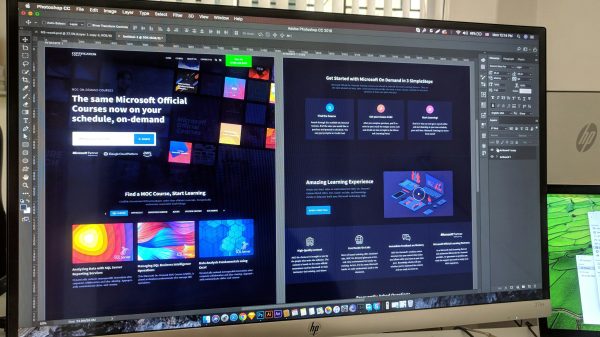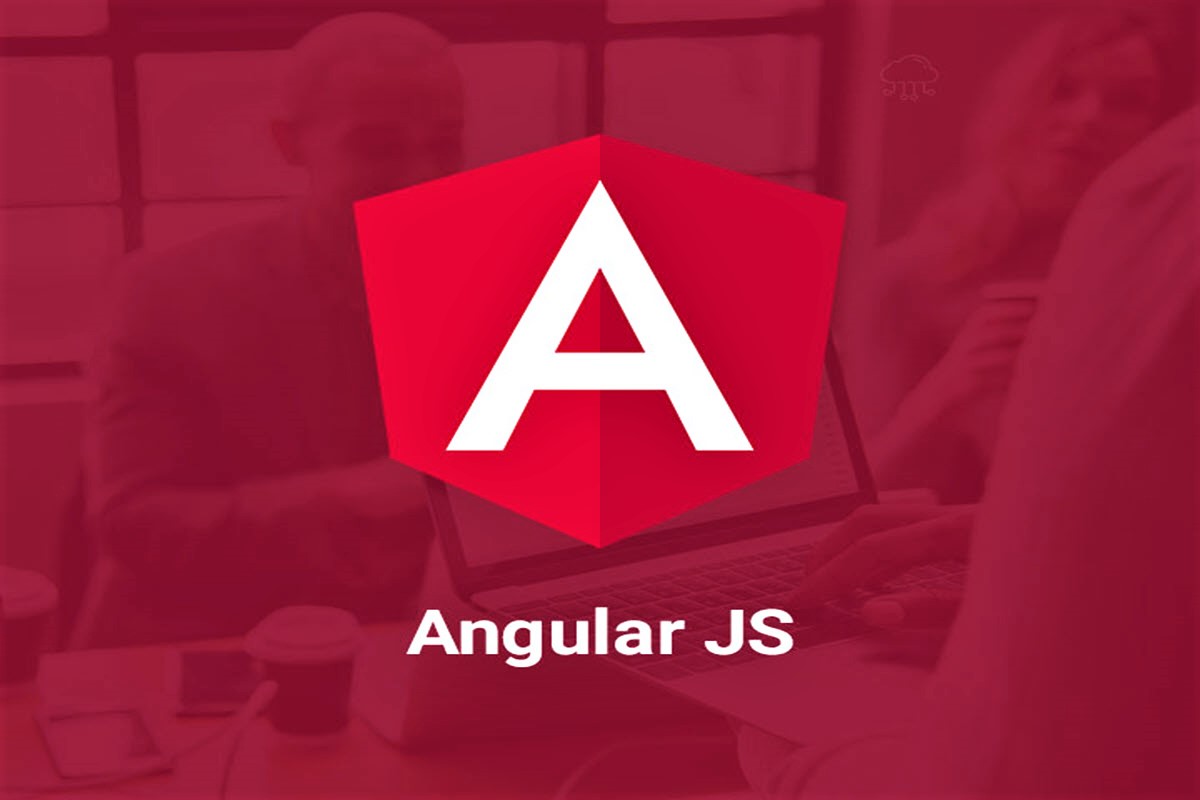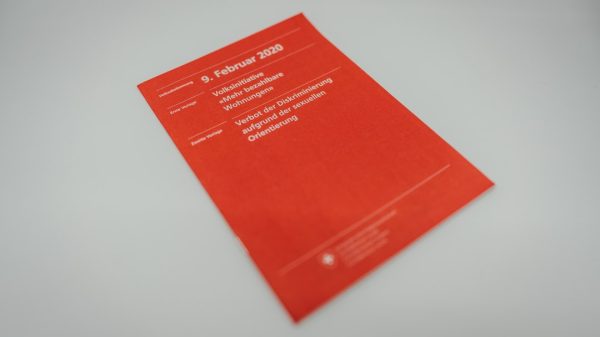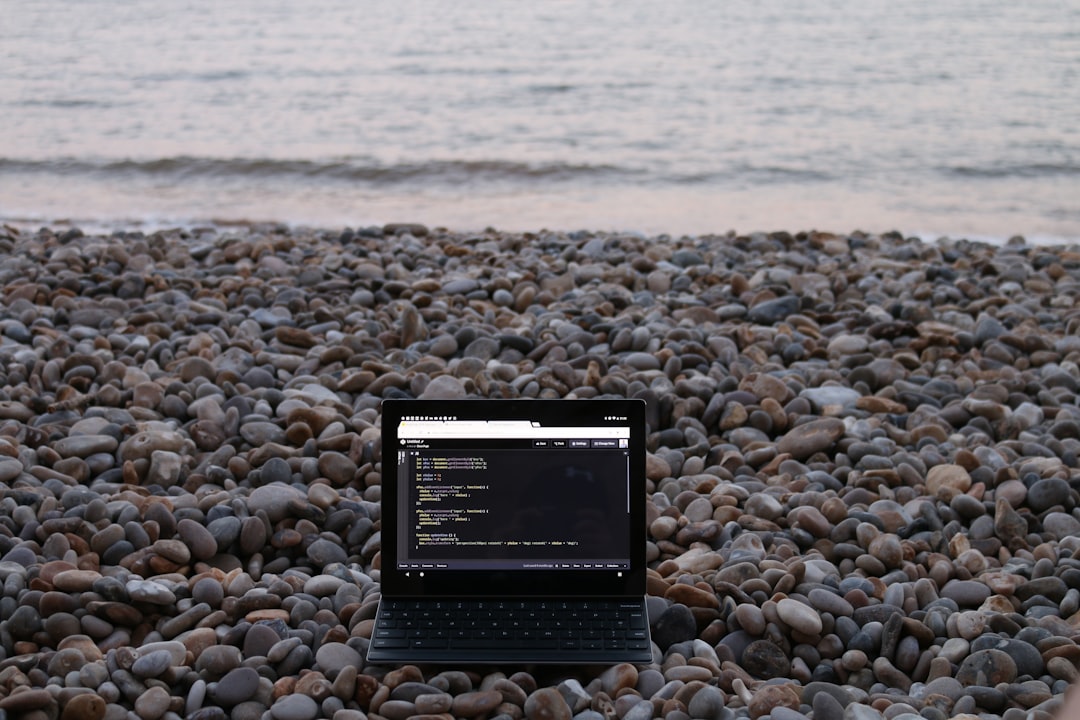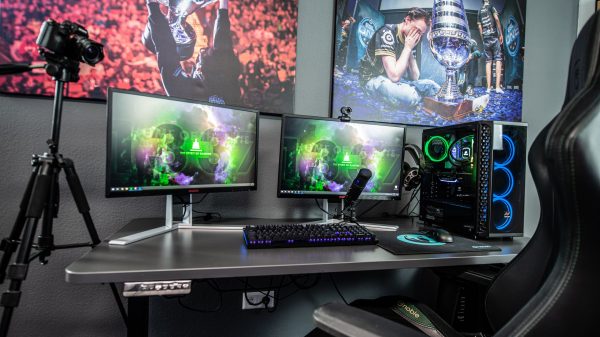Chromebooks have come a long way from their humble beginnings as simple, web-only devices. Today, thanks to the introduction of Crostini—a Linux (Beta) environment built directly into Chrome OS—Chromebooks are far more powerful and versatile. Crostini provides a way to run Linux applications alongside your Chrome apps, making development, command-line tools, and Linux-based productivity software accessible on an ultralight, secure platform.
In this article, we’ll explore what Crostini is all about, how to get started with it, and what possibilities it opens up for both casual users and power users alike.
What is Crostini?
Crostini is the internal code name for the project that brought official Linux support to Chrome OS. Essentially, it allows users to run a Debian-based Linux virtual machine within Chrome OS. This virtual machine runs in a secure container, making it both lightweight and safe.
Google designed Crostini to bring Linux support to Chromebooks without compromising the security model that makes Chrome OS popular. That means you can use powerful tools like GIMP, Vim, Visual Studio Code, and even tools for programming languages like Python or Node.js—all within your familiar Chromebook environment.

Why Use Linux on a Chromebook?
Adding Linux to your Chromebook opens up a whole new world of possibilities. Here are some good reasons you might want to enable Crostini:
- Development Tools: Chromebooks can now run IDEs, terminal-based editors, and version control systems like Git.
- Advanced Networking: Use Linux tools to inspect networks, set up servers, or even try local development environments.
- Productivity Apps: Apps like LibreOffice or GIMP work seamlessly, which can be crucial if you’re offline or working with specific file formats.
- Educational Tools: Students and teachers can access Linux software for science, engineering, and programming courses.
What makes Crostini especially interesting is the fact that it’s transparent—you don’t need to dual boot or switch operating systems. Everything runs in a containerized environment and coexists with Chrome OS.
How to Enable Linux (Beta) on Your Chromebook
If your Chromebook supports Crostini (most Chromebooks released after 2019 do), enabling Linux is a very simple process.
- Open Settings on your Chromebook.
- Scroll down to Developers and click on it.
- Look for the Linux development environment (Beta) section.
- Click Turn On and follow the on-screen instructions to set up the environment.
The setup process will download and initialize a Linux container. Once that’s done, you’ll have access to a Linux terminal where you can start installing packages and using familiar Linux commands.
Basic Linux Commands to Know
If you’re new to Linux, the terminal can seem a bit intimidating. However, you only need a few basic commands to get started:
sudo apt update– Updates the list of available software packages.sudo apt upgrade– Upgrades all installed packages to their latest versions.sudo apt install [package]– Installs a specific program, likesudo apt install vim.cd– Navigates between directories.ls– Lists files in the current directory.
These commands are your gateway into the Linux ecosystem and give you the ability to install virtually any open-source tool out there.
Installing Linux Apps
Once you’re familiar with the terminal, you’ll want to begin installing Linux apps. Because Crostini is based on Debian, you use the apt package manager:
sudo apt install firefox-esrWant to install GIMP for image editing?
sudo apt install gimpLooking for a code editor like VS Code? You’ll have to download the .deb package from the official site and install it using:
sudo dpkg -i code_xxx.debIf the dpkg command gives you errors due to dependency issues, you can resolve them using:
sudo apt --fix-broken install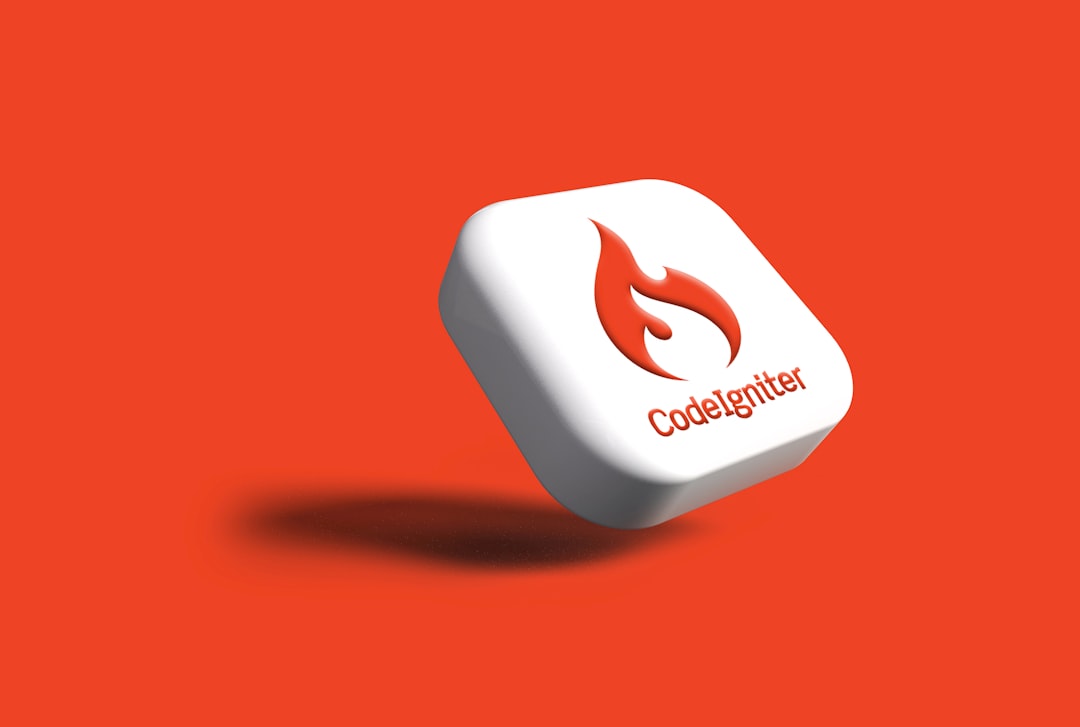
Linux File System Integration
Chrome OS integrates Linux files into the Chrome OS Files app under the “Linux files” section. You can also drag and drop files between your main system and the Linux container. This makes managing documents, images, and scripts from both Chrome OS and Linux apps a breeze.
Additionally, you can give Linux apps access to specific folders on your Chromebook, such as “Downloads” or “Google Drive,” by right-clicking on the folder in the Files app and choosing “Share with Linux”.
Running GUI Applications
Originally, Crostini only supported terminal-based apps. But now, you can run full-fledged graphical applications without any extra setup. For example, once you install GIMP via apt, just type gimp in the terminal, or use the launcher search to find it like any other app.
These GUI apps display in their own resizable windows, and often feel indistinguishable from native Chrome OS apps. They also show up in your Chromebook’s app launcher after installation, offering a smooth experience that is easily accessible.
Tips for Better Crostini Experience
To get the most out of Crostini, here are a few helpful tips:
- Backup your Linux container: Go to Settings → Developers → Backup & restore Linux files. It’s a good idea to regularly backup your environment.
- Use Flatpak or AppImage: These alternate packaging systems may offer newer versions of software than found in Debian’s default repo.
- Keep Linux packages updated: Run
sudo apt update && sudo apt upgraderegularly to stay current with patches and features.
Limitations to Keep in Mind
Though Crostini is powerful, it isn’t without its limitations. For example:
- Not all hardware accessories (like printers or some USB devices) will work inside Linux containers.
- GPU acceleration is limited in many models, making it harder to run graphically intensive applications or games.
- Linux and Chrome OS environments remain separate. Some files and applications cannot be shared without explicit permission.
Who is Crostini For?
Crostini might not turn your Chromebook into a full Linux workstation, but it opens up exciting possibilities for:
- Web developers who need command line tools like Node.js, Git, or Docker (yes, limited Docker support is possible on some models).
- Students engaging in programming, data science, or other tech-heavy coursework.
- Creative users who want tools like GIMP, Inkscape, or Audacity on lightweight devices.
- Tinkerers looking to explore Linux in a safe and managed environment.
Conclusion
With Crostini, Chrome OS is no longer just a browser-based operating system. It’s now a viable option for developers, tech enthusiasts, and productivity-minded users who want the stability of Chrome OS combined with the power and flexibility of Linux.
While it’s not for everyone, those who do leverage Crostini will find that their affordable and lightweight Chromebook becomes far more capable than its specs might suggest. Whether you’re tweaking code, running scripts, or editing graphics, Linux on a Chromebook gives you a pocket powerhouse.





